How innovative hydraulics, advanced optoelectronics and clever control could just be the dream ticket for a hydroponic future.
Farming underground, in your attic and in a factory unit using high tech lighting and hydroponics is a great tech story for the press. But is it the start of what will become a massive Tech industry that will rival computing, mobile telephony or medical diagnostics? It has certainly grabbed headlines and even the imagination of Hollywood in science fiction blockbusters such as “The Martian”, where Matt Damon is forced to grow masses of potatoes on Mars. Meanwhile, deep underneath a Clapham street in London, approximately four stories deeper than the Northern Line Tube track, is one farming Tech story that has hit the headlines. Growing salad leaves in subterranean London to meet local needs sounds like a good business. There are lots of these hydroponic ventures worldwide, and they are here to stay.
We know that Tech never undersells itself! But is this really the start of something new or should we really see this as another innovation in a 12,000 year history of farming? We think agriculture was the original Tech industry and one of the great human success stories. Yes, the LED and hydroponic revolution will move things on, but the 12,000 year timeline probably started with mastering the cultivation of crops and has GM crop development as a very recent milestone. Step out of the limelight and incremental improvements in growing techniques, developing new varieties and fighting pests just go on worldwide all the time without fanfare. Tech will provide another instalment in the long story.
Growing Under Glass
Growing food independently of the unpredictability of seasons and climate isn’t new. The Dutch, amongst others, pioneered growing industrial quantities of tomatoes, salad crops and flowers under glass in the 1950’s. They developed the expertise to use artificial light, flowing water past the crops with the right levels of nutrients and at the optimum temperature to produce the perfect crop. Modern greenhouses even tweak air composition to help the crops flourish at key points, for example increasing the carbon dioxide content during ripening. Recycling waste heat from power stations is now also part of the Dutch business model, as a welcome cost-cutter. Hydroponic farmers have given us a runaway success story worldwide with consumers getting an appetite (and expectation) of all year-round produce.
The UK’s home grown success story is Thanet Earth, our largest high-tech greenhouse complex growing 12% of Britain’s annual tomato crop plus peppers and cucumbers with exceptional green credentials. Even more extreme is Iceland’s approach to agriculture. With an unlimited source of thermal energy at the ready, the long dark winter months have forced a climate for growing under glass. One Sarum team member sampled Icelandic tomatoes during a recent visit to the country and returned with enthusiastic reports that they were on a par with Italian standards – that’s truly impressive.
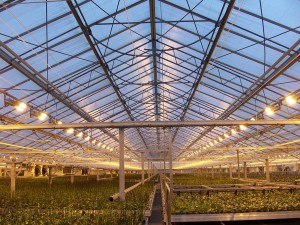
Will the greenhouse be replaced with an LED light house?
What in particular might Tech add to hydroponic growing and how important might this be? If quantum leaps forward in technology have so often arisen when a few innovations coincide, could low LED energy lighting, hydraulic innovation in hydroponics and a sensor driven control system really change the face of farming? Does this simply mean making existing hydroponic farms more efficient? Could it persuade farmers to branch out into growing new crops this way? It may even attract people who know nothing about farming to use unused spaces underground, on roofs or inside buildings to get growing? Could Sarum Hydraulics be growing peppers in the roof of our factory alongside making our stainless steel hand pumps?
How New Technologies Could Help Micro-farmers
So what is the big tech news today? Let’s look at LED lighting, sophisticated hydroponics and clever control.
If you start with low energy LED lighting taking over from the long standing “old tech” High Pressure Sodium and similar artificial light sources, you can see LED’s as an incredibly disruptive technology. “Plants need sunlight to grow.” In reality, the chlorophyll in plants are most efficient at absorbing a range of wavelengths in the blue spectrum (down at 450nm odd) and in the red spectrum at around 650nm. The Finnish company Valoya are market leaders and we are told that they have to source their own LED’s to provide optimum wavelengths. Innovative design is also required to channel the heat away from the LED’s , allowing arrays of lighting to be placed incredibly close to leaves without frying them. We are told that Valoya’s wide spectrum technology provides growers with a light that saves energy, increases production and improves the quality of plants namely more flowers and better taste. Valoya lights even enable pollinating bees to operate without sunlight. The bees probably know a thing or two about the quality of flowers! Look on www.valoya.com . It seems that low energy LED lighting is the future.
Hydroponics – the system of growing plants without soil –is continually being developed and refined. Nutrient-rich water floods the beds or is sprayed onto the roots with no soil involved in the process. We are sure that a Hydroponic system can range from pretty crude to super sophisticated. On one extreme, nutrients are simply tipped into drums of water for crude bulk irrigation. Go sophisticated and maybe use multiple small high tech hydraulic systems that take something from lab on a chip, some clever fluidics and might provide Tech’s favourite plug and play formula. That sounds wonderful for people who aren’t farmers.
The third ingredient is a control system that can monitor whatever are the important parameters in a growing crop, measure levels of moisture and nutrients, and then adjust the hydroponic or lighting system for perfect produce. The control system will even advise when to harvest. Even better, it might tell a robot to harvest specific produce or slow down or accelerate the growing process so you get produce when you need it. That is the big hope.
Just like medicine, Tech has or thinks it has the tools to learn how to do tasks where the know-how can be learnt. Could one ever be sophisticated enough to take away the timeless skills of the farmer and deskill the growing of delicious produce? Visionaries would say most definitely yes. That then opens the door for people who know little about growing to buy the hardware and cultivate very small or obscure areas. Does the old economies of scale argument apply? Is it as efficient to cultivate lettuces in a 20 square metre high tech hydroponic “farm” as in a 200 square metre “facility”? Ignoring the benefits of reduced transport if you grow near the consumer, the Engineer in us sees a minimum size of set-up to make the whole enterprise worthwhile.
So Will Tech Transform Farming?
A great media story is always hard to suppress – and underground and hidden farming has whipped up a frenzy of global interest. But this isn’t the only story today in the original Tech industry. We still need to keep track of the continual incremental developments in crop research, yield mass and pest susceptibility that can make massive differences if it improves yields on a staple crop for a whole nation. Not as glamorous, but just as valid a story of innovation. The world’s leading scientists continue to break ground, breeding more productive or disease resistant strains to combat against the bleak world food shortage. Mathematicians at Cambridge University are modelling growth in plant diseases in the third world and the Gates Foundation is homing in on Striga, a noxious parasitic weed that attacks cereal crops – two brilliant examples of research that will have an impact on the lives of tens of millions.
We ponder whether growing crops in high tech “facilities” whether under glass, in factories or in old tunnels will actually wrong-foot diseases and pests? Our in-house biologist at Sarum thinks not. Warm and moist growing areas attract mildew. Pests also adapt to new environments, so we could end up fighting new variations of pests and strains of diseases in the future. Maybe our new high tech farmers will have the same disappointments that have blighted agriculture for 12,000 years.
Back on Hollywood Mars, Matt Damon was a picture of pure ecstasy with his potatoes. If NASA’s early investment kick-started the electronic industry in the 1960’s, they can also take credit for some seriously ground breaking work on crop growing on spaceships and beyond. Last summer, astronauts on the ISS were the first to eat food that was grown and harvested there – fresh red romaine lettuce, a wonderful compliment to the normal freeze-dried space fare. Maybe once again space technology will trickle back to Earth and this time bring about yet more developments in hydroponic growing of crops. Now that thought is exciting!

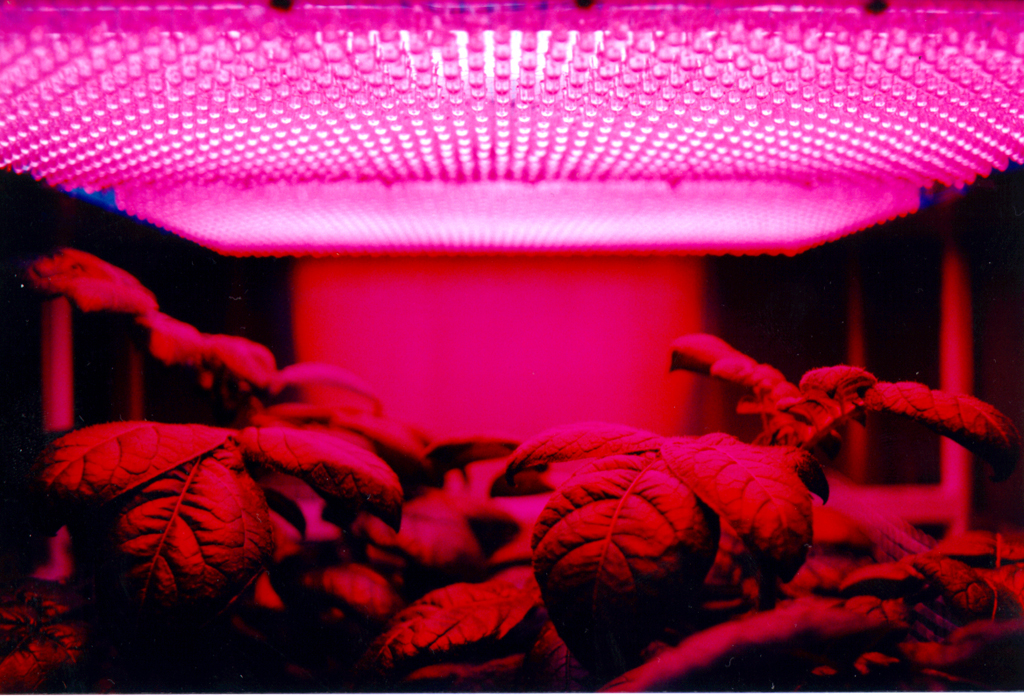
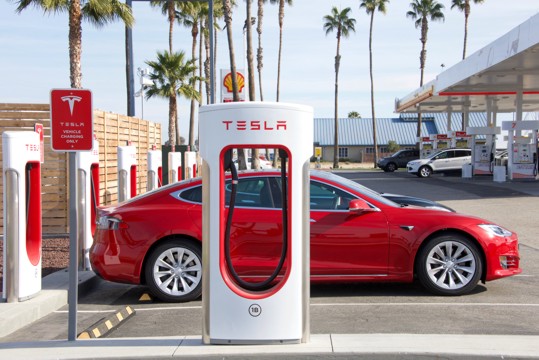

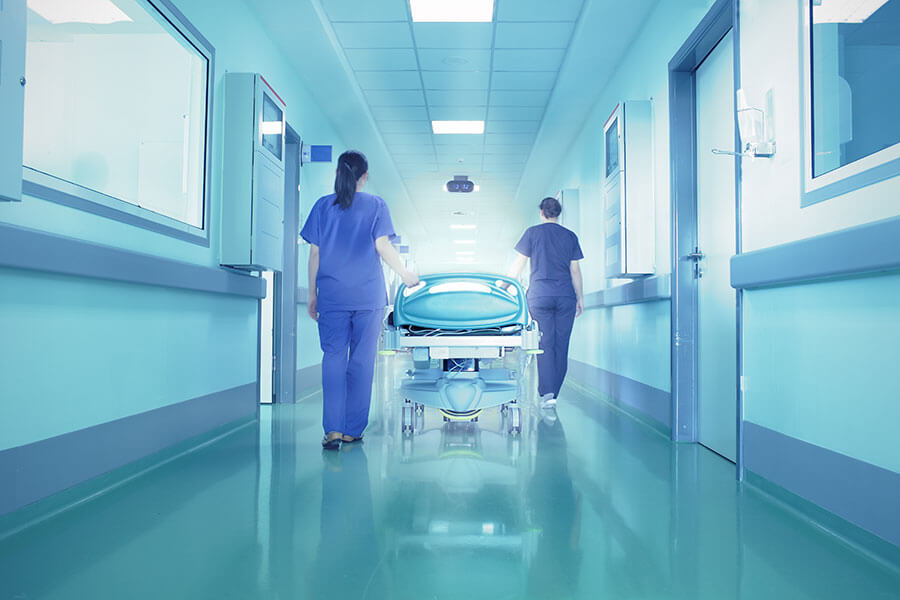
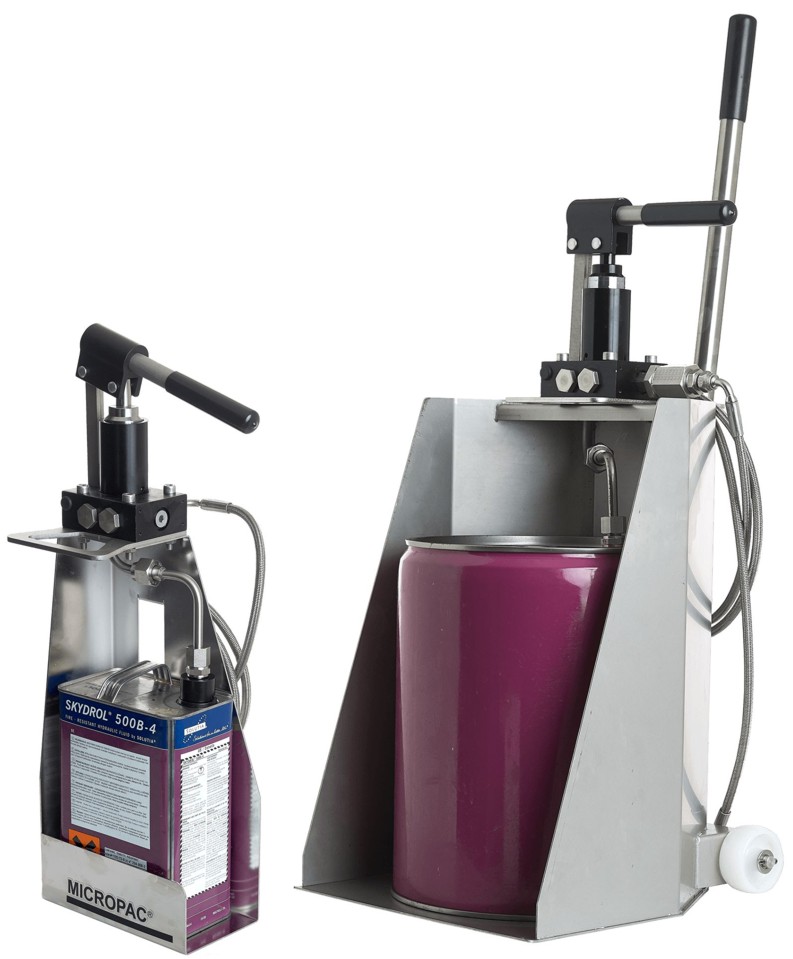
Leave A Comment